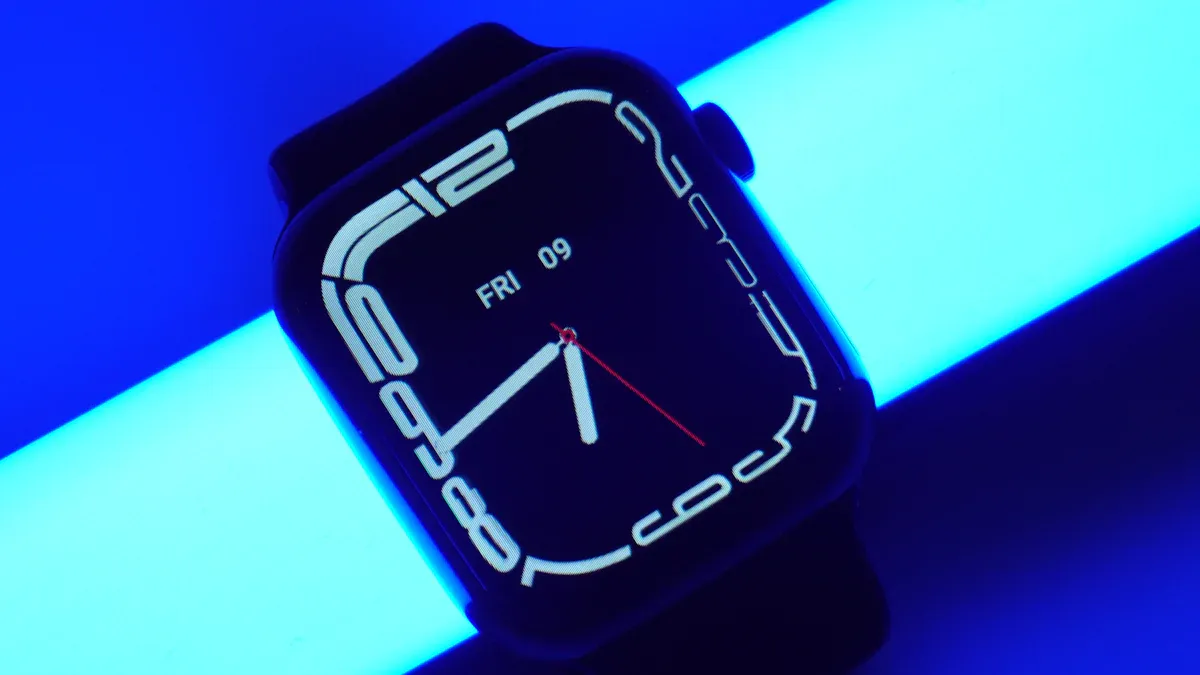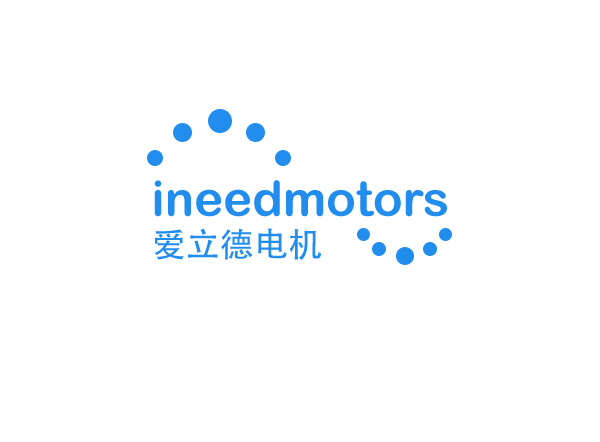How Vibration Bracelets Work: Exploring the Technology Behind Wearable Haptic Feedback

Vibration bracelets work by using small motors to create touch-based feelings.
These feelings, known as haptic feedback, convey information through vibrations.
Vibrations replace sound or visuals, making things easier to understand.
This technology makes interactions feel natural and more enjoyable to use.
Research indicates that fast vibrations help people with Parkinson's disease.
Vibrations at 80 Hz improved movement more effectively than slower vibrations.
Some users reported that their writing and drawing improved with these devices.
Vibration bracelets work by connecting digital signals to physical sensations for enhanced communication.
Key Takeaways
Vibration bracelets have tiny motors that make vibrations you can feel. This makes using them fun and easy.
These bracelets help people move better, especially those with Parkinson's disease, by using special vibration patterns.
They give instant feedback about health and fitness, helping users stay active and aware.
Vibrations replace sounds or visuals, making alerts easier for people with hearing or vision problems.
Unlike smartwatches, these bracelets send messages through vibrations for a simpler and less distracting experience.
The Core Technology Behind How Vibration Bracelets Work
Vibration Motors and Actuators
Small motors make vibration bracelets work. These motors create the buzzing feeling on your wrist. Most bracelets use either ERM motors or LRA motors. ERM motors spin a weight to make vibrations. LRA motors move a spring-mounted mass back and forth. Both types are small and save energy, which is great for wearables.
The motor type changes how the vibrations feel. ERM motors make stronger but less detailed vibrations. LRA motors give smoother and more precise feedback. This is useful for alerts that need clear patterns. For example, fitness trackers use LRAs to tell apart step alerts from heart rate notifications.
Sensors and Microcontrollers
Sensors and microcontrollers act like the brain of the bracelet. Sensors notice changes like movement, temperature, or heart rate. Microcontrollers use this data to decide how the bracelet should vibrate. This makes sure the feedback is helpful and on time.
Wearables often use sensors to improve their features. For example, insoles and vests help people with walking problems by giving feedback. Below is a table showing how different devices use sensors:
Device Type | Feedback Mechanism | Target Condition | Components Used |
|---|---|---|---|
Insoles | Passive sensory feedback | Gait improvement for neurological conditions | Embedded sensors |
Wearable Sensors | Various feedback types | Gait improvement for neurological conditions | Embedded sensors |
Vests/Walking Aids | Positive, negative, continuous feedback | Gait improvement for neurological conditions | Embedded sensors |
In vibration bracelets, sensors like accelerometers and gyroscopes track your movements. Microcontrollers turn this data into vibrations that match your activity or alert type.
Connectivity and Power Sources
Vibration bracelets need good connections and strong batteries to work well. Most bracelets use Bluetooth to connect to phones or other devices. This lets the bracelet buzz when you get a message or alert.
Batteries keep the bracelet running. Most bracelets use rechargeable lithium-ion batteries because they last long and are small. Some bracelets save power by adjusting vibration strength to make the battery last longer.
Good connections and reliable power help the bracelet work all day. Whether you're checking fitness goals or getting alerts, these features keep you informed and connected.
How Haptic Feedback is Made
Turning Signals into Vibrations
Haptic feedback starts by changing digital signals into physical feelings. Different parts work together to make the buzzing you feel on your wrist. For example, accelerometers sense movement, and actuators turn these signals into vibrations. These vibrations feel like touch, making the feedback useful and fun.
Engineers have created systems like AiroTouch to improve this process. Here's how it works:
Part | What It Does |
|---|---|
Uses sensors, sound tools, and actuators for vibration feedback. | |
Accelerometers | Measure vibrations using two three-axis sensors. |
Audio Mixer | Processes vibrations and sends them to the actuator. |
Voice-Coil Actuators | Turns signals into vibrations for the user to feel. |
Audio Tech Inspiration | Inspired by systems that compress vibration signals. |
Output Mechanism | Uses sound cards and amplifiers to create vibrations. |
Vibration Creation | Made with speakers and other sound-based tools. |
These parts make sure haptic feedback feels smooth and accurate. For example, in wearables, sensors track your movements, and actuators create vibrations that match what you're doing. This makes the feedback feel real, whether you're getting a message or checking your fitness progress.
Designing Vibration Patterns
Haptic feedback gets better when patterns are made to share specific information. Patterns can change in strength, length, or rhythm to show different alerts. For instance, a quick vibration might mean a text, while a longer one could mean a phone call.
Creating these patterns needs careful coding and testing. Studies show haptic feedback helps people react faster in certain tasks. One study found haptics improved reaction times in car tablet interfaces without losing accuracy:
"Haptic feedback improves visual search performance in dual-task settings, helping users react faster without losing accuracy."
Another study showed haptics make car tablet tasks easier:
"Haptics help users control sliders on car tablets while doing other tasks."
These studies prove that haptic patterns make devices easier and more fun to use.
Real-Life Examples of Haptic Feedback
Haptic feedback is used in many areas, like healthcare and gaming. Here are some examples:
Study Topic | Results |
|---|---|
Users felt more aware and performed tasks better. | |
Haptics in unmanned ground vehicles | Improved control and stability during operations. |
Task completion with and without haptics | Tasks were finished faster with haptic feedback. |
These examples show how haptics improve performance and make tasks feel real. In surgery, haptics help doctors feel connected to their tools, improving accuracy. In vehicles, haptics make driving smoother and easier.
Wearable devices bring these benefits to everyday life. Whether it's a fitness tracker helping your workout or a bracelet alerting you, haptics turn digital signals into real feelings you can understand.
Applications of Vibration Bracelets
Fitness and Activity Tracking
Vibration bracelets have changed how people track fitness goals. These bracelets use vibrations to share progress without needing a screen. For example, they buzz when you hit a step goal or finish a workout. This instant feedback encourages you to stay active and motivated.
They also help during exercise by tracking your performance. A bracelet might buzz when your heart rate reaches the right level. This ensures you get the best results from your workout. Real-time vibrations make fitness tracking more fun and interactive.
Health Monitoring and Accessibility
Vibration bracelets are useful for health monitoring. They buzz to warn you about body changes, like irregular heartbeats. These alerts help you act quickly and improve your health.
They also help people with hearing or vision challenges. Vibrations replace sounds or visuals, making alerts easier to notice. For example, a buzz can tell you a doorbell rang or a timer ended. This makes sure everyone can use this helpful technology.
Notifications and Alerts
Vibration bracelets make staying connected simpler. Instead of loud ringtones or checking screens, they use vibrations. A short buzz might mean a text, while a long one could mean a call.
This reduces distractions and keeps you focused on tasks. You can set different buzz patterns for important alerts. This way, you never miss what matters most. Whether you're busy or on the move, vibrations keep you updated quietly and efficiently.
How Vibration Bracelets Are Different from Other Wearables
Comparing to Smartwatches
You might ask how vibration bracelets differ from smartwatches. Both are wearable gadgets, but they serve different purposes. Smartwatches offer many features like apps, alerts, and fitness tracking on a screen. Vibration bracelets focus on sending messages through vibrations instead of sounds or visuals.
For example, a smartwatch shows your steps on its screen. A vibration bracelet buzzes when you reach your step goal. This makes vibration bracelets quieter and less distracting. They are also lighter and simpler, making them more comfortable to wear daily.
Special Features of Vibration Bracelets
Vibration bracelets are unique because they use haptic feedback. They send messages with specific vibration patterns. A short buzz could mean a text, while a long buzz might mean a call. This makes them useful when you can’t check a screen, like during workouts or meetings.
They are also great for accessibility. Vibration bracelets help people who can’t hear or see well. They replace sounds or visuals with touch-based signals. This makes them more inclusive than many other wearables.
Benefits and Drawbacks
Vibration bracelets have many benefits. Their vibration system keeps you informed without distractions. They are light, save energy, and are easy to use. Vibrations make them great for fitness, health, and accessibility.
But they also have drawbacks. They don’t have screens or advanced tools like GPS or apps. This means they may not work for people wanting more features. Also, vibrations might be hard to notice in loud places.
Even with these drawbacks, vibration bracelets are great for focused, touch-based feedback. They are helpful for specific needs.
Vibration bracelets use touch-based feedback to share information clearly. They rely on small motors and sensors to track fitness or health. Unlike other gadgets, these bracelets send messages through vibrations, not screens or sounds. Their simple design makes them easy to use every day. As this technology improves, these bracelets will change how people connect with devices. They will make digital interactions feel more natural and engaging.
FAQ
What is haptic feedback, and why does it matter?
Haptic feedback uses vibrations or touch to share information. It matters because it makes using devices easier and more natural. Tasks like getting alerts or tracking fitness become simpler and more fun.
How do vibration bracelets create haptic feedback?
Vibration bracelets use tiny motors to make vibrations you can feel. These motors turn digital signals into touch-based sensations. This helps you stay updated on fitness, health, or notifications.
Why are vibration bracelets helpful for accessibility?
Vibration bracelets replace sounds or visuals with vibrations. This makes them great for people with hearing or vision difficulties. For example, they buzz for phone calls or timers, so you never miss important alerts.
Can haptic feedback improve everyday activities?
Yes, haptic feedback makes daily tasks quicker and easier. It helps you notice alerts without checking a screen. Studies show it improves driving, gaming, and even surgery by giving real-time touch signals.
Why pick a vibration bracelet instead of a smartwatch?
Vibration bracelets focus on sending messages through vibrations. Smartwatches have more features like apps and screens. If you want a simple, lightweight device, vibration bracelets are a better choice.
See Also
Exploring Haptic Vibration: Mechanisms and Modern Device Applications
Understanding Vibration Motors in Haptic Feedback Technology
Innovations in Vibration Technology Transforming Haptic Feedback Systems
Engineering High-Intensity Haptic Feedback: Designing Strong Vibration Solutions
Get Custom Micro DC Motors from
INEED Motors!
Leading Brand in Vibration Motor Manufacturing Industry
